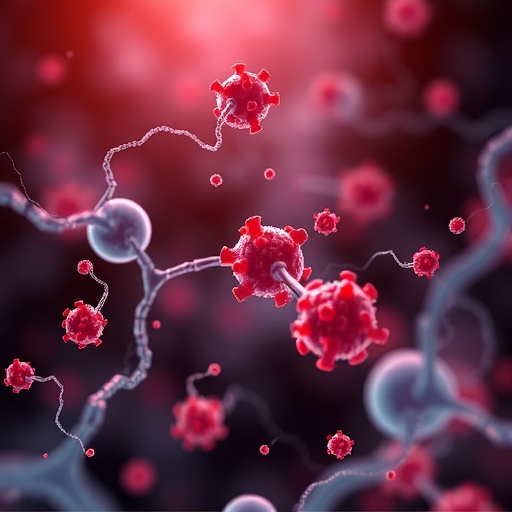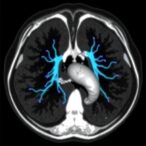
Estradiol: Beyond Reproduction, a Master Regulator of Metabolic Health
For decades, estradiol (E2), a potent steroid hormone derived from cholesterol, has been predominantly studied for its pivotal roles in female reproductive physiology and the biological changes accompanying menopause. Yet, recent advances in endocrinology and metabolism are reshaping our understanding of this hormone, revealing estradiol as a fundamental orchestrator of systemic metabolic processes not only in women but also in men. This expanding paradigm recognizes estradiol as a key metabolic messenger, intricately involved in the regulation of energy homeostasis, glucose metabolism, lipid balance, and overall metabolic health.
Estradiol exerts its cellular effects largely through binding to its cognate nuclear receptors, primarily estrogen receptor alpha (ERα), encoded by the ESR1 gene, and estrogen receptor beta (ERβ). These receptors function as ligand-activated transcription factors that regulate the expression of genes critical to metabolic pathways. Recent research highlights that the expression of ERα exhibits heritable patterns and distinct tissue-specific transcript profiles that correlate strongly with metabolic health indices, emphasizing the receptor’s role beyond classical reproductive tissues.
.adsslot_7IKR1QOifr{ width:728px !important; height:90px !important; }
@media (max-width:1199px) { .adsslot_7IKR1QOifr{ width:468px !important; height:60px !important; } }
@media (max-width:767px) { .adsslot_7IKR1QOifr{ width:320px !important; height:50px !important; } }
ADVERTISEMENT
In hepatic cells, ERα activation by estradiol drives modulation of gluconeogenic and lipogenic gene programs, thereby influencing systemic glucose production and lipid synthesis. This action helps maintain glucose homeostasis and prevent ectopic fat accumulation. Moreover, estradiol signaling in adipose tissue remodels adipocyte function by promoting insulin sensitivity and modulating the secretion of adipokines, which impacts systemic inflammation and energy balance.
Skeletal muscle, a major site of glucose uptake and energy expenditure, also responds to estradiol via estrogen receptors, enhancing mitochondrial biogenesis and oxidative metabolism. These effects can improve insulin sensitivity and energy utilization, thus contributing to a metabolically favorable phenotype. Meanwhile, in pancreatic beta cells, estradiol receptor engagement safeguards cell survival and insulin secretion, counteracting the deleterious effects of metabolic stress.
The central nervous system is another critical hub where estradiol influences metabolic regulation. Hypothalamic neurons containing ERα and ERβ integrate hormonal and nutrient signals to adjust appetite, energy expenditure, and glucose metabolism. Estradiol’s neuromodulatory roles help explain sex differences in metabolic disease susceptibility and responses to dietary challenges.
The menopausal transition in women marks a profound decline in circulating estradiol levels, which epidemiological studies consistently link to a sharp increase in metabolic disease risk. Postmenopausal women frequently develop central adiposity, insulin resistance, dyslipidemia, and increased cardiovascular risk. These clinical observations have prompted mechanistic investigations into how estradiol deficiency disrupts metabolic homeostasis.
Preclinical models of ovariectomy in rodents mimic postmenopausal hormone conditions, revealing rapid onset of metabolic impairments reversible by estradiol replacement. Estradiol therapy preserves insulin sensitivity, represses hepatic gluconeogenesis, reduces adipose inflammation, and maintains mitochondrial function in various tissues. These beneficial effects rely heavily on ERα-mediated transcriptional regulation, supporting the receptor as a potential therapeutic target.
More recently, human genetics approaches have uncovered polymorphisms in ESR1 associated with metabolic traits and disease risk, reinforcing the idea that genetically determined ERα expression levels influence individual metabolic profiles. Tissue-specific transcriptomics further delineate how variations in receptor abundance affect downstream metabolic gene networks.
While much remains to be elucidated about ERβ’s precise roles, emerging data suggest it modulates inflammation and vascular function, adding layers of complexity to estradiol signaling. The interplay between ERα and ERβ in different tissues orchestrates a finely tuned metabolic response to fluctuating estradiol availability.
Critically, these findings challenge the narrow conception of estradiol as solely a female reproductive hormone and underscore its systemic metabolic importance in both sexes. They also validate the metabolic benefits and mechanisms underlying estradiol replacement therapies, which can mitigate increased disease risk following menopause.
Future research avenues include delineating the crosstalk between estradiol receptors and other nuclear receptors regulating metabolism, as well as understanding how environmental factors influence ESR1 expression and estradiol responsiveness. Innovations in selective estrogen receptor modulators (SERMs) that target metabolic tissues without reproductive side effects hold promise for safer and more efficacious interventions.
Collectively, the evolving science positions estradiol and its receptors as master metabolic messengers vital to maintaining energy balance and metabolic health. This hormone’s influence pervades multiple organ systems, weaving an integrated network that adapts to both endogenous hormonal shifts and external metabolic challenges.
As researchers deepen our understanding of estradiol’s multifaceted metabolic roles, translating these insights into precision medicine approaches could revolutionize how metabolic diseases are prevented and treated across the lifespan.
Subject of Research:
The metabolic roles of estradiol and its receptors in regulating systemic metabolism, metabolic health, and disease risk, particularly in relation to reproductive aging and menopause.
Article Title:
Metabolic Messengers: oestradiol.
Article References:
Hevener, A.L., Correa, S.M. Metabolic Messengers: oestradiol.
Nat Metab (2025). https://doi.org/10.1038/s42255-025-01317-7
Image Credits: AI Generated
Tags: estradiol and metabolic pathwaysestradiol beyond reproductive healthestradiol effects in men and womenestradiol impact on energy homeostasisestradiol role in metabolic healthestrogen receptors and metabolismglucose metabolism regulation estradiolhepatic cells and estradiolheritable patterns of ERα expressionlipid balance and estradiolmetabolic messengers in endocrinologysystemic metabolic processes estradiol



